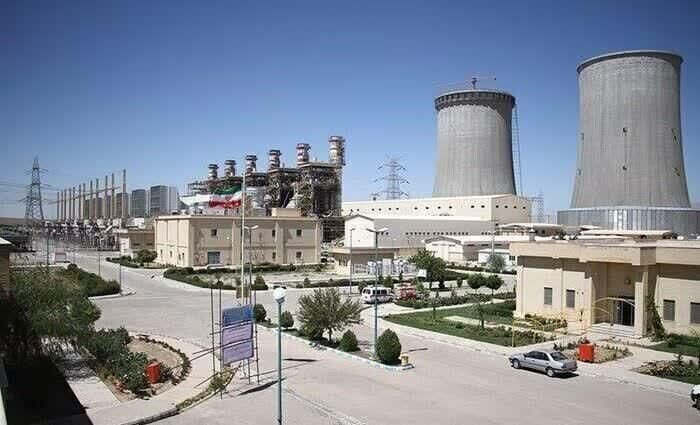Acting president inaugurates 42 water, energy projects

TEHRAN – Iranian Acting President Mohammad Mokhber inaugurated 42 water and electricity projects in four different provinces via a video conference session on Thursday, IRNA reported.
At the inauguration ceremony of the mentioned projects, in which 380 trillion rials (about $750 million) have been invested, Energy Minister Ali-Akbar Mehrabian was also present.
Speaking at the ceremony, Mehrabian stated that Iran ranks seventh in the world and third in Asia in terms of electricity generation capacity.
“Currently, several power plant units with a total capacity of 22,000 megawatts are under construction across the country and only 8,000 MW of capacity is needed to achieve the goals of the seventh development plan in the field of electricity production,” he said.
Official statistics indicate that Iran’s generation of electricity during the administration of the late President Ebrahim Raisi registered a 13.5 percent growth, with Iran generating more electricity than industrialized countries like the UK and Italy.
The latest statistics released in a report on “Statistical Review of the Global Energy” show that Iran generated 382.9 terawatts/hour of electricity in 2023, registering a 4.3 percent hike compared to a year earlier.
Iran generated more than 367.1 terawatts/hour of electricity in 2022.
The growth of Iran’s generation of electricity in 2023 was nearly twice that of the average growth of the generation of electricity in the world.
The report put the total generation of electricity worldwide in 2023 at more than 29,924 terawatts/hours, which was 2.5 percent higher than a year earlier.
Iran’s generation of electricity in 2023 exceeded that of industrialized countries like the UK, Italy, and Spain as well as Turkey, Algeria, Egypt, Indonesia, Pakistan and Thailand, the report added.
The nominal capacity of Iran’s power plants currently stands at about 92,841 MW, according to the latest data released by Iran Grid Management Company (IGMC).
The IGMC data indicate that the country’s power generation capacity has increased by 2,036 MW over the past two years.
Combined cycled power plants currently account for the biggest share of the country’s power generation with 35,795 MW of capacity; the mentioned power plants account for 38.6 percent of the country’s total power generation.
Also, heat and gas units with nominal capacities of 15,829 MW and 24,19 MW have a share of 17 percent and 25.9 percent, respectively, in the country's electricity production.
In total, thermal power plants (including heat, gas, and combined cycle units) account for 81.5 percent of the country's nominal electricity generation capacity with a total of 75,643 MW.
The share of renewable power plants including wind, solar, biomass, and hydropower in the country's nominal power generation capacity is 1.1 percent with a total capacity of 1,136 MW.
Increasing the country’s power generation capacity and preventing blackouts during peak consumption periods have been among the Iranian Energy Ministry’s top priorities since the current government administration took office in 2021.
In August 2021, Energy Minister Ali-Akbar Mehrabian announced that his ministry was planning to boost the country’s power generation capacity by 35,000 MW over the next four years.
The mentioned figure would be achieved through the construction of thermal power plants with 15,000 MW of capacity, and renewable power plants with a capacity of 10,000 MW by the public and private sectors, as well as the construction of new power plants with 10,000 MW capacity by large industries.
According to Iran Water and Power Resources Development Company (IWPCO), the company is also constructing new hydropower plants with a total capacity of 4,000 MW across the country.
The IWPCO Deputy Head Mashallah Tabe’-Jamaat has said that the company is also conducting preliminary studies for the construction of 1,200 MW of new hydropower plants.
Over the past decade, constant temperature rises and the significant decrease in rainfalls across Iran have put the country in a hard situation regarding electricity supply during peak consumption periods.
In this regard, the Energy Ministry has been following new programs to meet the country’s power demand during peak periods and to prevent outages.
Constructing new units in the country’s power plants and also building new power plants for major industries are among the mentioned programs that are being pursued seriously by the ministry in collaboration with other related government entities.
EF/
Leave a Comment